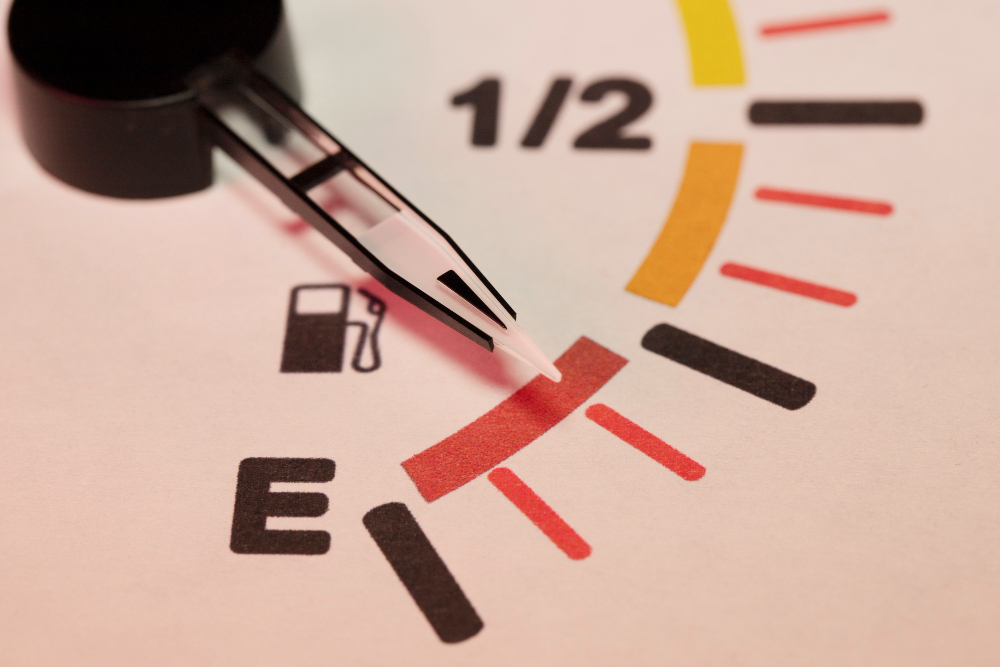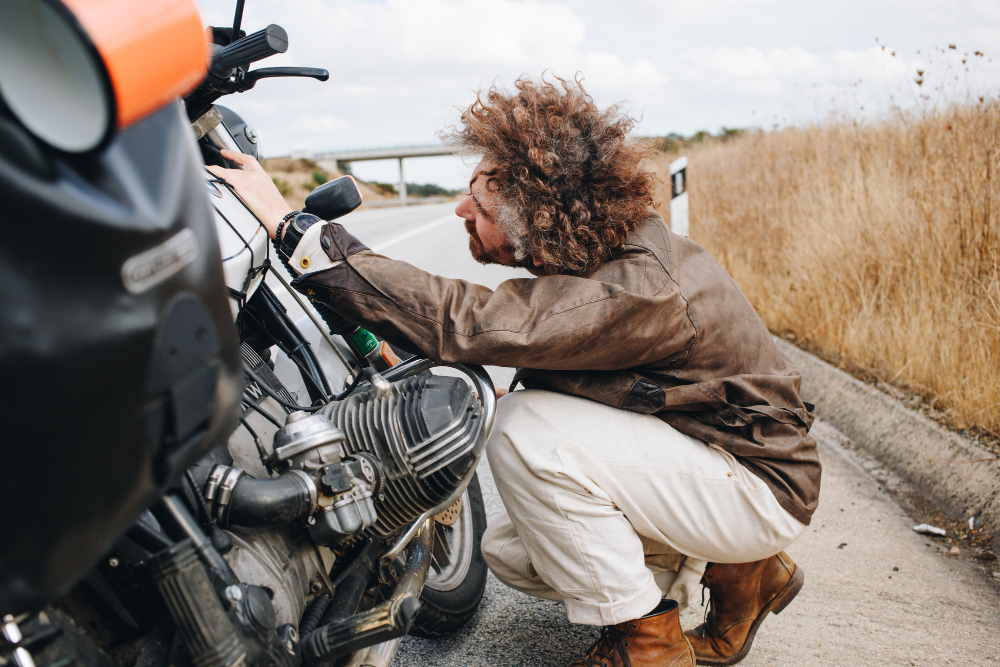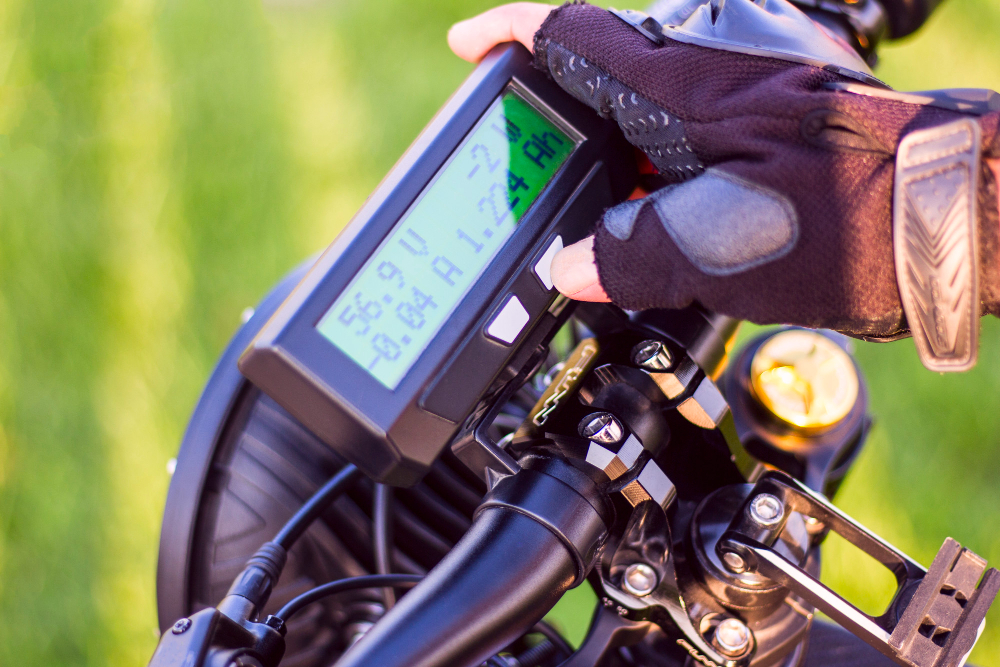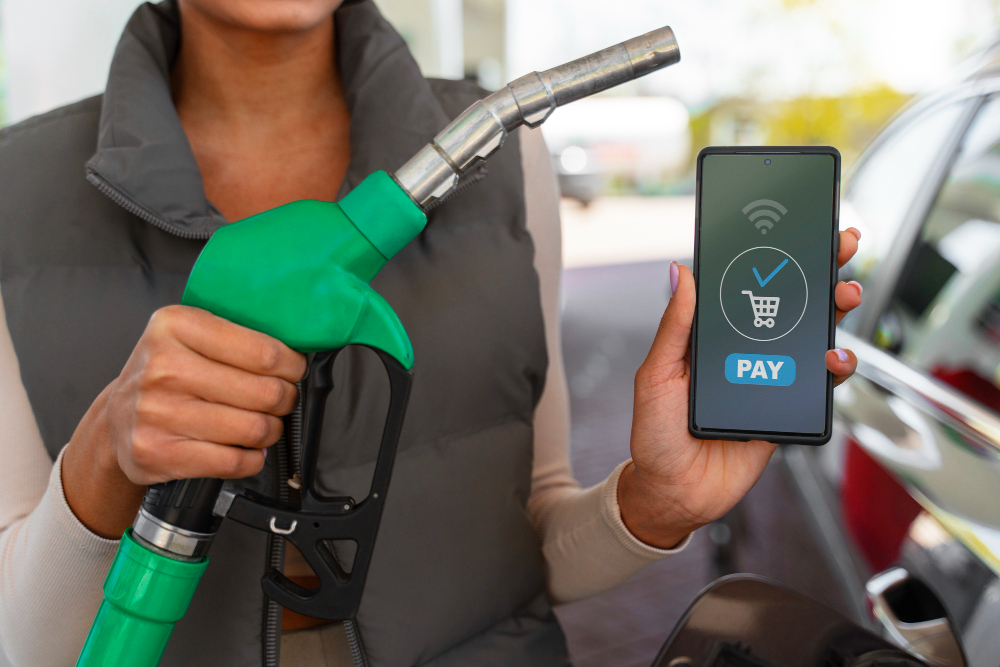Hawaii’s breathtaking scenery is a huge part of its charm, but the high cost of living—especially gas prices—means getting around can be pricey. That’s why scooters and mopeds have become a go-to option for both locals and visitors looking for a budget-friendly way to explore the islands. They’re super fuel-efficient, making them an ideal alternative to cars.
If you are planning to buy one, we’ll break down everything you need to know about scooter gas mileage—what affects it, how to get the most out of your fuel, and some handy tips.
Understanding Scooter and Moped Fuel Efficiency

Scooters and mopeds are, by far, the most fuel-efficient vehicles one could get—in comparison to cars, and even motorcycles. The secret? Their small engines and lightweight build.
Mopeds: If you’re all about saving on gas, mopeds are the real MVPs. Engines generally with fuel capacity of 50cc or less can deliver 75 to 130 miles per gallon (mpg) even more than that in suitable environmental conditions. It’s practical for doing short trips and leisurely rides around town.
Scooters: Scooters have more power, with engines from 50cc up to 250cc (and beyond). You sacrifice a bit of fuel economy to be able to do more in a shorter amount of time, but a well-maintained scooter still holds up at a good 60-100 mpg.
Just an FYI there is a distinction between a “moped” and a “scooter” and they are treated differently by local laws. Remember that the rules for registration, licensing, and riding in Hawaii are different there.
Factors Affecting Gas Mileage

Want to know how to get the best mileage for your mopeds and scooters? Here we are to help you! You’ll get the best gas mileage from your scooter through a combination of things. Only when you understand the factors influencing fuel economy, it can lead to a better selection of the mopeds and to smarter riding to save on gas.
Scooter Make & Model
Not all scooters are equal – some are more fuel-efficient than others. Scooter brands such as Honda, Yamaha, and Vespa have a reputation for exceptional fuel efficiency.
On the other hand, moped brands such as TaoTao and Roughhouse offer great mileage too. If you really want to save on fuel, it is worth comparing the scooter before you buy or rent one.
Engine Size & Type
- Smaller engines (49/50cc) use less fuel, making them great for city riding.
- Larger engines (125cc+) give you more power for hills and passengers but burn more gas.
- Two-stroke vs. four-stroke: Older two-stroke engines tend to be less efficient and produce more emissions, while modern four-stroke engines are cleaner and better on fuel.
How You Ride Matters
It’s not just what you ride, but it also matters how you ride your vehicle. Your riding style has a huge impact on fuel efficiency.
- Smooth Acceleration & Braking: Rapid takeoffs, aggressive acceleration, and sudden stops waste gas. It’s better to ease into the throttle and anticipate traffic to keep things smooth.
- Speed Control: The faster you go, the more fuel you burn which means increased fuel consumption. Try to stay at moderate speeds to keep fuel efficiency high.
- Hills & Inclines: Regularly riding on the hills and steep inclines eats up fuel fast resulting in decreased fuel efficiency. If possible, plan routes that avoid steep inclines.
- Stop-and-Go Traffic: If you constantly brake and accelerate, it could strain the engine, lowering mileage.
Other Factors That Affect Mileage
Apart from the other two factors that we’ve discussed, there are other factors as well that you need to take care of to maintain your scooter’s gas mileage.
- Road Conditions: Rough or uneven roads create more resistance, making your engine work harder.
- Tire Pressure: Low tire pressure increases rolling resistance, meaning more fuel consumption. Check your tires regularly and make sure your scooter has proper tire pressure.
- Air Filter: A dirty filter chokes the engine. Keep it clean or replace it when needed.
- Spark Plug: A worn-out spark plug leads to poor combustion and wasted fuel. Swap it out if necessary.
- Regular Maintenance: Tuning your engine, adjusting the carburetor, and keeping everything in check ensures optimal performance.
- Weight & Load: The heavier the scooter, the more fuel it needs. Pack light and avoid carrying unnecessary cargo.
By keeping these tips in mind, you can maximize your scooter’s fuel efficiency and get the most out of every tank!
Tips For Improving Gas Mileage

Want to get the most miles out of every tank? A few simple habits can go a long way in boosting your scooter’s fuel efficiency and saving you money on gas. Here’s what I do to keep my scooter running smoothly while using as little fuel as possible.
Pick The Right Moped For Your Needs
If you’re in the market for a moped, go for an engine capacity of 49cc/50cc model if your daily rides are short and don’t require a ton of power. Smaller engines take in less fuel and therefore are great for obtaining the best fuel efficiency.
Already have a moped with a bigger engine? No worries—you can still save on fuel! Just be mindful of how you ride.
Quick Pre-Ride Check
Before I jump on I always spend a couple of seconds looking at my scooter. Are my tires properly inflated? Any leaks? With a moment’s careful inspection, minor problems can be avoided, and prevent more fuel consumption.
I once observed that my rear tire was, well, awfully low on air—actually, it was extremely underinflated. After filling it up, my scooter felt smoother, and I definitely noticed better mileage.
Ride Smooth & Steady
The way you ride makes a huge difference. I used to have a habit of accelerating fast at green lights and braking hard when stopping—until I realized that was guzzling gas.
Now, I smoothly apply the throttle whenever I can, coast when it is available, and maintain a constant speed. It also smooths out my rides and stretches my fuel a much greater distance.
Plan Your Routes
The biggest killer of gas mileage is stop and go, traffic, and going up extra hills. If I’m going somewhere, I look up the route in advance to avoid traffic jams and hills whenever I can.
For example, when riding to the beach, I avoid the hilly back roads and take the flatter coastal route—it saves gas and makes for a way more relaxing ride!
Don’t Idle Too Long
Leaving an engine running while waiting wastes fuel for nothing. If I’m stuck at a long red light or waiting for a friend, I’ll turn off the engine rather than let it idle. Make sure to be aware of when you’ve got to restart, so you don’t clog up the road!
Keep Tires Properly Inflated
Riding on underinflated tires means more resistance is created and the engine has to provide more work effort (and burn more fuel). I frequently check the tire pressure, at least once per week, most of the time, before long rides.
Stick To The Speed Limit
Speed limits aren’t only to ensure your safety, they can help you save gas too! The more you speed up, the more wind resistance there is, which means more work on your engine and more fuel consumption.
I have in the past ridden my moped to the scooter’s top speed just for fun, but it soon became clear that fuel went down much quicker. Now, I hold it steady at the speed limit and my mileage has notably improved.
Stick To Regular Maintenance
A well-maintained scooter is a fuel-efficient scooter. I always try to keep up with oil, air filters, and spark plug replacements. Trust me, just a dirty air filter can be enough to change performance and saving of fuel.
Use The Right Fuel

Using higher-octane gasoline won’t magically make fuel economy better unless your scooter actually needs it. I only follow the grade suggested in the owner’s manual. Buying premium high-quality fuel when your scooter is meant for regular oil is a money grab for nothing.
Lighten The Load
Finally, one of the most important factors that many don’t realize is to lighten the load. The more weight your moped, the more difficult the job is for the engine. Do your best to limit carrying excess weight to a minimum, only carrying what is actually necessary.
By following these tips, I’ve been able to get way better mileage and improve fuel efficiency out of my scooter. Give them a try, and you’ll probably notice a difference too!
Best Mopeds To Consider With Best Mileage
Riding two-wheelers is my life. I’ve tried and tested many scooters and mopeds, so, I’ve got some idea on which mopeds could be the best choice for you for riding on the streets of the Hawaiian islands. Here’s a list of my top 5 favorites that you should definitely try once if you’re looking for the best-performing mopeds:
| Brand & Model | Engine Size (cc) | Gas Mileage (mph) |
| Yamaha Vino 50 | 50cc | 120 |
| Honda Beat | 49cc | 115 |
| Aprilia Scarabeo 50 | 50cc | 110 |
| TaoTao ATM50-A1 | 49cc | 100 |
| Vespa LX 50 | 50cc | 100 |
These are some of the best mopeds I’ve ridden to date. The list contains everything from budget-friendly to high-end mopeds.
If you want a funky-looking moped, the Vespa LX 50 would be a great choice that will deliver you style as well as performance.
If you’re short on budget TaoTao ATM50-A1 will fit your budget without compromising on fuel efficiency.
Looking for a more renowned name and high-end models? Go for either of the two mopeds Honda, or Aprilia. These international brands have some of the best features and offer the best mileage for your ride to be extremely smooth while you also save on gas.
Finally, if money is not a problem for you, I would suggest you go for the Yamaha Vino 50 which is one of the best and my favorite on the list. It might be quite expensive from the rest but just look at the mileage it offers. Absolutely the best! It also has a larger engine capacity which means a much easier and comfortable ride.
However, if you are planning to rent one, Scooter Rental Waikiki is one of the best rental companies in Waikiki, Hawaii. They have several mopeds and scooters in a range of colors so you can choose one depending on your needs and your style.
Ride Mindfully! Save Some Cash On Those Gas!
Scooters are an excellent way to travel around Hawaii, providing an inexpensive, efficient transportation method as a result of their fuel efficiency compared to cars.
By keeping your scooter well-maintained and riding responsibly, you’ll not only save money but also reduce your carbon footprint. And to top it off, nothing beats toasting along the shore with the embrace of the beautiful Hawaiian breeze on your face!
Just remember—safety first! Wear a helmet, be aware of the traffic rules, and ride smart. With the right approach, your scooter can be the perfect way to experience the islands in a fun, efficient, and eco-friendly way.
Frequently Asked Questions
What is the average gas mileage for a scooter?
Most scooters get between 50 to 100 miles per gallon (mpg), depending on the engine size, weight, and riding conditions. Smaller scooters (50cc) can reach 90-100 mpg, while larger models (150cc and up) typically range from 50-80 mpg.
How far can a scooter go on a full tank of gas?
It depends on the scooter’s tank size and fuel efficiency. A 50cc scooter with a 1.2-gallon tank can travel 90-120 miles, while a 150cc scooter with a 1.8-gallon tank may cover 80-150 miles before refueling.
How does the weather affect scooter gas mileage?
Cold weather can reduce fuel efficiency because the engine takes longer to warm up, and strong winds create drag. Riding in rain or extreme heat can also affect performance.
Does a scooter’s age affect its gas mileage?
Yes. Older scooters may lose efficiency due to engine wear, clogged fuel systems, or outdated components. Regular maintenance can help keep fuel consumption low.

